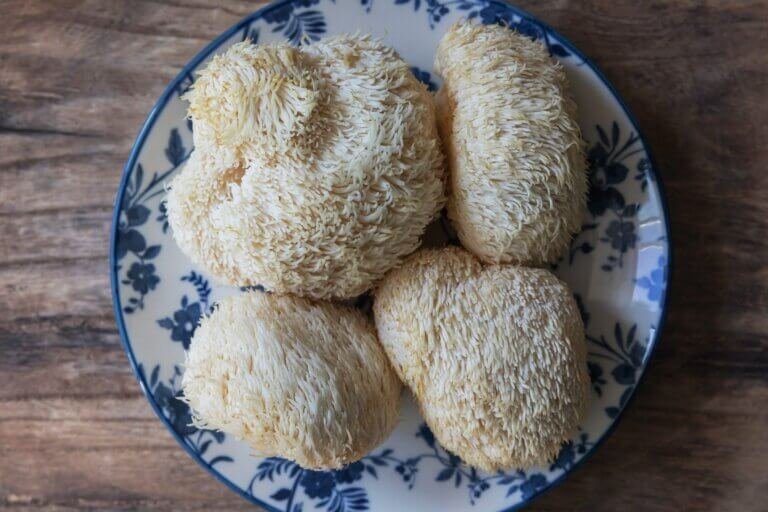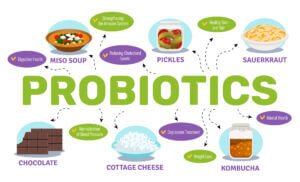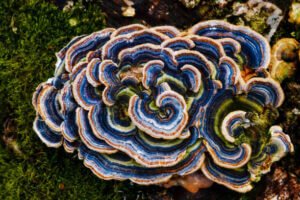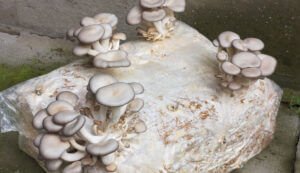Mycelium is a complex and charming part of fungus life, with its spectacular and enormous system of functions and adaptations that make it one of the most important and interesting systems in the natural world

What is mycelium
The word “mycelium” literally means “more than one” It’s actually a plural of the word Mycelia, the word Latin and Greek ancestry, and it was first formulated in the first half of the nineteenth century, and it refers to the thread-like part of mushrooms or heavens “Hyphea” which is the feeding part of fungi, these threads can grow and spread at large distances even in the three dimensions, Forming a Complex network enables fungi to exploit and explore the ocean around them And once it finds a source of food that is what we call a mycelium, The mycelium is the fungal root, or if you will, the fruitful body of an organism, or as a tree and a mushroom is an apple.
The function of mycelium in the life cycle of mushrooms
mycelium is also important in the dissemination and reproduction of many fungi, for example, mushroom fruits such as mycelium, which reach a certain level of maturity and encounter relative environmental conditions, are produced by these fruits “Mushrooms”, in turn, produce spores spread by wind, water or other means, allowing the mycelium to colonize new areas. Mushrooms do not proliferate through seeds or collect energy through photosynthesis such as plants, but rather through spores, These spores sprout to produce a mass of single-cell interlocking threads widely known as fungal threads or hyphae. The mushrooms we eat are actually just a little visible part of the organism, and the bulk of it is the mycelium that lives inside a substrate (soil, wood, straw, grain, etc.).
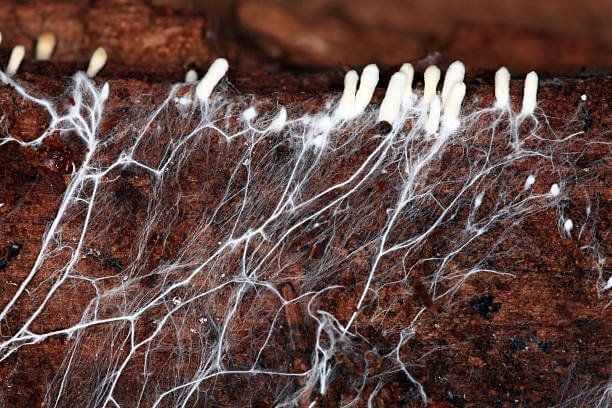
Where to Find mycelium
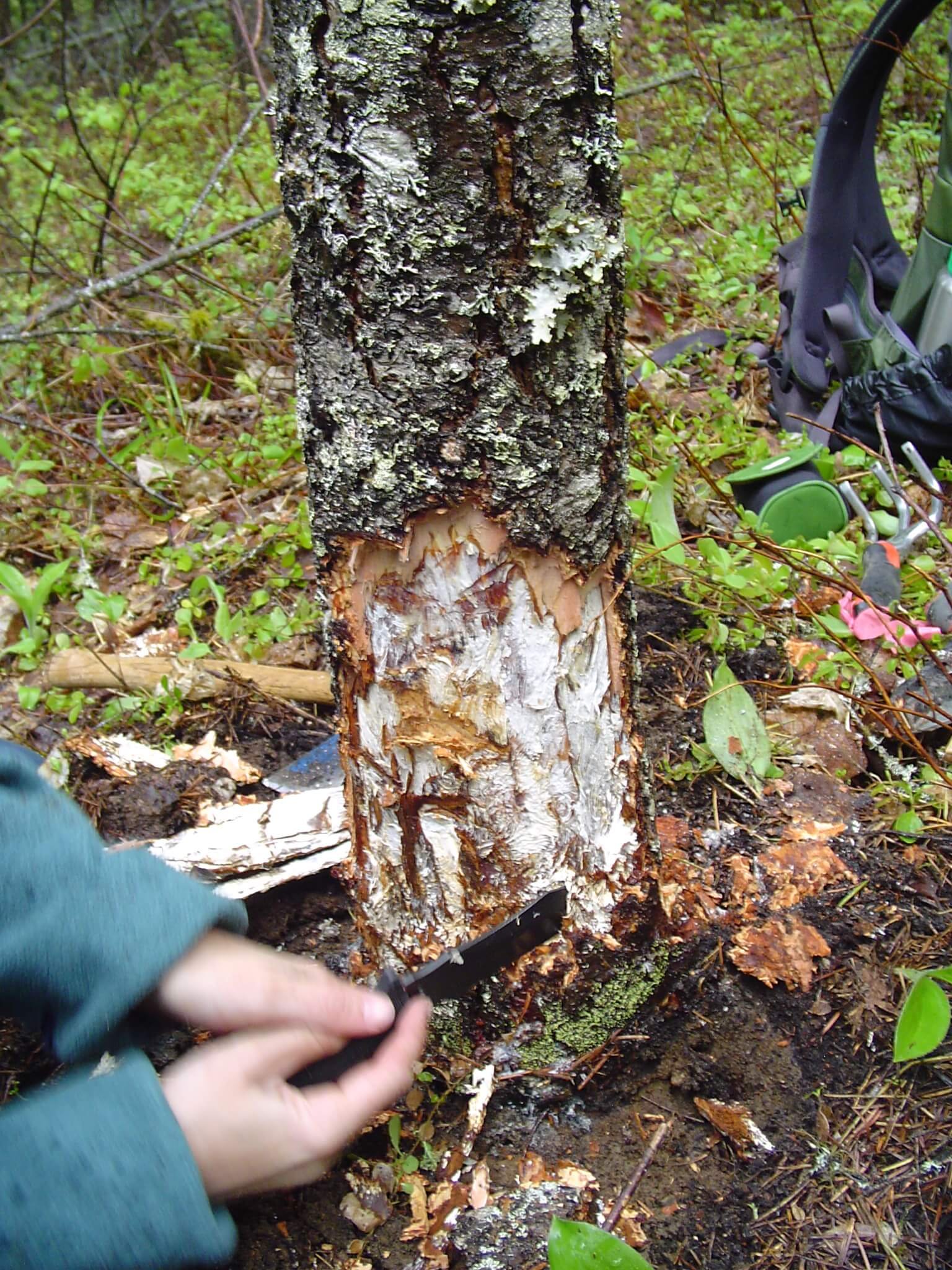
mycelium can live forever, as long as it has the food they grow, So you can imagine it’s ubiquitous and under every step of the forest. Some can live in harsh conditions, such as deserts or Antarctica. So it’s not surprising that the oldest and largest single organism known on Earth is the “honey mushrooms” or the “humongous fungus”, in the mountains of eastern Oregon, at 2,400 years old and an area of 2,200 acres, slowly killing off the trees in the forest.

Mycelium and plant
Anywhere the mycelium is intimate and very special to 70% to 90% of all plants on Earth. by penetrating the butterflies or wrapping them on the outside. This symbiotic relationship works in both directions. mycelium, which feeds on sugars produced by plants from photosynthesis, In return, plants are given water and minerals, which are unable to reach sufficient soil. And together they make better plants and better soil, it’s a win-win for both, it’s actually a win-win for the world. Mycelium – the size of a meter – can grow trillions of final branches, as the Internet in its design and work too, have you ever wondered how the sapling grows in a forest where very little light reaches its few leaves?
The sapling relies on nutrients from older and longer trees sent through the Mycorrhiza “mycelium ” network to survive and thrive. In fact, a study of Douglas fir trees surprisingly suggests that trees recognize their relatives’ root limbs and prefer them to send carbon, nutrients, and information through the fungal network, serving as a connecting network.
The networks they form between plants are complex, often consisting not only of multiple plants but of multiple species, while fungi act in their own interest, they contribute to the health and survival of even the largest trees! Fungal webs are critical to supplying life-giving nutrients that keep our forests healthy, it’s something magical, it can’t happen without fungi.
Overall, mycelium is a complex and wonderful endless topic with a range of adaptive functions and capabilities that make it one of the most interesting and interesting systems in the natural world, and make sure that there is always more to learn about this wonderful part of fungus life



